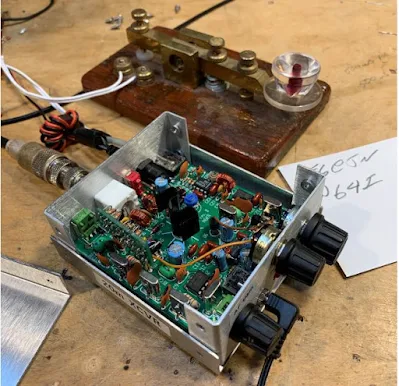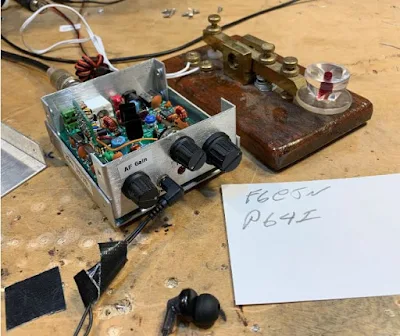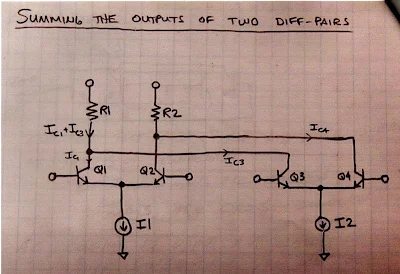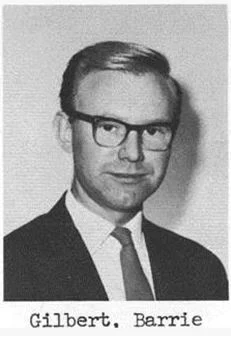Serving the worldwide community of radio-electronic homebrewers. Providing blog support to the SolderSmoke podcast: http://soldersmoke.com
Podcasting since 2005! Listen to Latest SolderSmoke
Thursday, March 17, 2022
Colin M1BUU's Homebrew Manhattan SST
Thursday, May 20, 2021
The SST QRP Transceiver
https://qrpbuilder.com/wp-content/uploads/2017/04/sst_manual_042217.pdf
Friday, May 21, 2021
AA7EE's Amazing Homebrew SST QRP Transceiver
Look at that rig. It is truly a thing of beauty.
I was very pleased to see Dave AA7EE's comment on my SST rig. This caused me to search his site for his SST article. And wow, it is an SST treasure trove. Lots of discussion of the circuit and mods. And Dave's usual wonderful photography and videography.
Check it out.
https://aa7ee.wordpress.com/2016/09/09/a-scratch-build-of-n6kr-and-wilderness-radios-sst-for-20m/
Thanks Dave!
Wednesday, September 8, 2021
SST -- QRP On The Beach
Saturday, June 26, 2021
SolderSmoke Podcast #231 -- Travel, SST, Mythbusting, Filters, TIAS, NanoVNAs, DC RX in SPRAT, Drake A Line, Spillsbury, STICKERS! Mailbag
Saturday, May 22, 2021
VK3HN's Homebrew 30 Meter SST QRP Transceiver
Monday, June 14, 2021
Santo Domingo Shack on 12th Floor Balcony -- SST QRP CW
Saturday, December 18, 2021
On 17 meter CW from Santo Domingo with a uBITX
The fishing pole worked well, but I operated with fear that it would fall or that the neighbors would complain). Today I got on 17 CW with the uBITX (more power than the SST), put it on 17 CW and promptly worked W4A, a special events station commemorating E. Howard Armstrong. Turns out that today is Armstrong's birthday. TRGHS.
On the Reverse Beacon Network my CQs were heard by KO7SS in Arizona (very cool skimmer station at 8100 feet!) and by W2NAF (interesting operations in Antarctica, Svalbard and Virginia Tech).
Sunday, May 30, 2021
QRP - QRP Contact from Dominican Republic
Wednesday, October 13, 2021
SolderSmoke Podcast #233: PIMP, Boatanchors, Novices, MMM, Heathkits, DC Receivers, Mailbag
SolderSmoke Podcast #233 is available.
http://soldersmoke.com/soldersmoke233.mp3
Travelogue: Cape Cod. SST. Marconi Site.
The WFSRA: The World Friendship Society of Radio Amateurs.
Pete's Bench:
The Pimp.
The NCX rig.
The Collins.
The many DC receivers built worldwide.
The parts shortages are real! Several key radios on hold. Si5351 sub.
Talk to G-QRP convention
Bill's Bench:
FT-8. Not for me. I tried it.
Novice Station Rebuild.
Globe V-10 VFO Deluxe.
Selenium rectifier removal CONTROVERSY?
Not crazy about my Novice station. Not crazy about CW.
Mate for the Mighty Midget. Again.
Mike W6MAB -- Detector problems LTSPICE Check
One more mod for MMM RX. Ceramic filter at 455.
Dropped screw inside tubular cap on Millen 61455 transformer.
Talk to the Vienna Wireless Society
Thinking of a Moxon or a Hex beam.
BOOK REVIEW Chuck Penson WA7ZZE New Heathkit Book. http://wa7zze.com
Mailbag
-- New SPRAT is out! Hooray!
-- Todd K7TFC sent me copy of Shopcraft as Soulcraft. FB.
-- Dean KK4DAS building an EI9GQ 16 W amp. FB.
-- Jack NG2E Getting close on Pete's DC receiver.
-- JF1OZL's website is BACK!
-- Tony K3DY sent link to cool books.
-- Sheldon VK2XZS thinking of building a phasing receiver.
-- Peter VK2EMU has joined the WFSRA. FB!
-- Ned KH7JJ from Honolulu spotted the Sideband Myth in the AWA video.
-- Chris M0LGX looking at the ET-2, asks about the variometer.
-- Pete Eaton Nov 64 anti HB rant in november 1964 QST. Wow.
-- Josh Lambert Hurley spreading FMLA stickers in the UK. FB
-- Stephen VE6STA getting ready to melt solder.
-- Got a great picture of Rogier PA1ZZ back on Bonaire.
-- Farhan reading the manual of Hans's new digital rig.
-- Paul G0OER wonders if FMLA getting ready to move on 5 meters.
Saturday, May 15, 2021
SolderSmoke Podcast #230 is available! Apr 1, Mars, Group Build, SDR, SSB, Mich Mighty Mites, Mailbag
SolderSmoke Podcast #230 is available for download
http://soldersmoke.com/soldersmoke230.mp3
Thursday, February 25, 2010
Reverse Polarity Protection -- Words of Wisdom from K7QO
voltage application.
Here is what I do. There is a diode, the 1N5817,
a Schottky Diode. Will take 20V peak reverse voltage,
will handle 1A continuous with 25A surge and has only
a 0.45V forward drop and the reverse current is 500uA.
I put one of this in series with the 12V line input of
every electronic device I build. If the designer used
a 1N4001-7 in series, I replace it.
I am not a fan of the diode across the voltage input
line and having it short out when reverse voltage is
applied. What if the applied voltage is a gel-cell
without a fuse? You blow the diode and you blow the
rig. IMHO is this not an ideal way to do it. Should
be using fuses too, but I don't. Haven't found a way
to use the flat auto fuses with gel-cells in a handy
low-profile way and inexpensive parts. I'd appreciate
the education, if someone has film and photos of great
arrangements.
I buy the diodes from Mouser.Com for about $26 per 250.
For a dime a rig it is a real cheap way to protect your
equipment from yourself and others.
With the limit of 1A at 13.8V, it is well within the
QRP operating limits. And why do you need more than
1A anyway?????? :-) And the low forward voltage
drop means that the finals (which are usually fed
direct from the B+ line anyway) don't lose much
in applied voltage and you get pretty much the
same output as without the diode. And you protect
those expensive parts for a dime. A quarter if you
buy just one diode from Mouser.
Hope this helps. Just the way I do it, and I'm
not always right. But I've only lost a few parts
and that was before I started using 1N5817's on
everything.
The 1N4001 through 1N4007's are fine if you are
feeding 9-12V to a 78L08 regulator.
FYI
chuck
--
chuck adams, k7qo
http://www.k7qo.net/
chuck.adams.k7qo@gmail.com
Friday, June 10, 2022
SolderSmoke FDIM Interview: Adam K6ARK and his 2.6 gram Mini-Pixie SMD Transceiver
I liked how Adam recorded in the field the CW from his rig, I also liked his key (!) and his EFHW antenna and "tuner." Adam's ability to cope with no CW sidetone was also admirable.
Adam's YouTube channel is here: https://www.youtube.com/c/K6ARKPortableRadio
Thanks to Adam and to Bob Crane.































